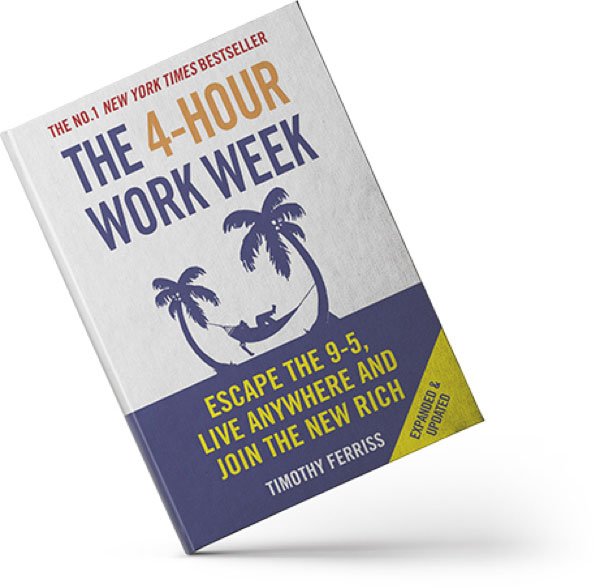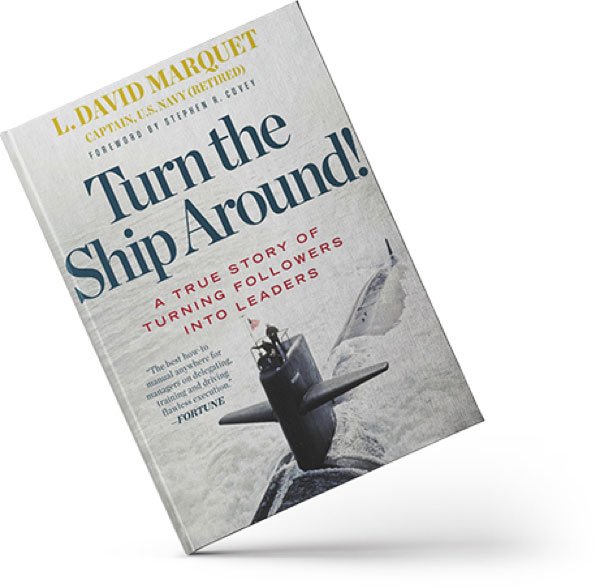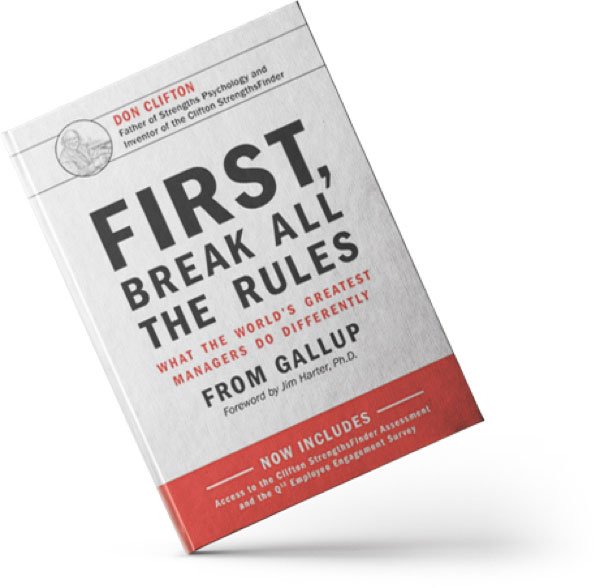Here at CP Raising Finance, we’ve been head-down over the last month preparing for several exciting new fundraises to hit the market in September. July and August are always super busy months for us as advisors, as founders target deal completions for the end of the calendar year.
While we’ve been chatting to many founders over the last few months, we’ve noticed some consistent themes, particularly when it comes to their expectations regarding what raising Series A+ money involves. Everything from understanding what ‘Series A’ really means and when it’s suitable for you, to the process involved, the time it takes and the step up from earlier raises, all the way through to completion.
We’ve decided to summarise these questions/challenges into a mini-series of insights, titled ‘SERIES A: SET STRAIGHT’.
Over the next few weeks, we’ll be walking through the chronological process of Series A fundraising and the key things you need to consider along the way. So, watch this space for content involving high-profile Series A investors, professionals and founders who have walked the walk, and learned the lessons.
To kick off, let’s set the scene by defining the Series A round…
What do we mean by Series A? And how do investors classify it?
In the UK, a Series A round is defined by what stage your product/service is at in terms of tangible traction with customers. This round is all about scaling your existing sales and marketing efforts: funding you to do more of what you’re already doing, in a faster, more efficient manner.
By the time you raise a Series A round, you will have proven your product/market fit. This round isn’t about further product development or R&D. You’ve ironed out your value proposition, your product/service is fully developed (and has possibly been through various iterations based on customer feedback), you have a sales and marketing function and, crucially, you have paying clients and an exciting pipeline.
In terms of quantum raised, a Series A round is usually anything between £2-10m.
What do investors mean by ‘traction’?
While there will always be nuances, Series A investors are looking for proven revenue models and evidence of repeat custom.
For tech businesses with license/subscription models, this will look like ARR of £1m+.
For businesses selling products or in sectors without recurring revenues, the benchmark is usually £2-3m revenues.
The important thing to note here is investors deal with actual revenue, not forecasted. So, you might be forecasting £2m of revenue for this year, but if your actual MRR is £60k, you’ll be viewed as a £720k ARR business.
What are the risks of going for a Series A round too soon?
This is a very common one for us. There’s a lot of hype around closing a Series A round – it signifies you’re a serious player in your market and you’ve found seasoned investors that back you and the business you’re building.
Where discrepancies can lie, is when founders think Series A is defined by the amount of capital they want to raise, brushing over the crucial benchmarks for customer traction and product/market fit.
We get it. Wouldn’t it be great to raise all the money you’ll ever need for your growth plan in one fell swoop, getting it over and done with so you can get back to what you’re best at?
This isn’t how fundraising works. There are milestones and step-approaches to raising money, and we’d strongly recommend following them for your own long-term interests.
As a founder, the risks of attempting a Series A round too soon are four-fold:
- You waste precious time – an obvious one. Fundraising can take 6-9 months from first meeting to cash in the bank. Making sure you speak to the right profile of investor from the offset is important to minimise time spent outside the day-to-day running of the business.If you go out to speak to Series A investors before you meet their benchmarks, they may happily take meetings with you in the interest of building a relationship for future funding rounds. This is great, in principle, but can give false hope that they may make an exception. Then, you sink a lot of time into those discussions when, in reality, you don’t meet the pre-requisites for a funding round for them right now. You’ve then potentially lost 2-3 months of momentum and have to go back to the drawing board to build a shortlist of funders better sized for your business.
- You accidentally make your next round harder – investors remember the businesses that cross their desks. If you approach them with a business plan too early and then reapproach them when you’re better sized, they’ll have previous business plans and financial models to cross-compare. If growth has been slower than you’d hoped, or forecasts have been wildly off, it can raise questions over the pace of growth and confidence in the plan you’re trying to pitch to them.
- You overprice your business or have to sell too much equity to make a deal work – for loss-making, early-stage businesses, valuation at Series A is typically derived by a multiple on ARR or current year revenues. Clearly, if revenues are very small but you’re trying to raise a large sum, the amount you’re seeking will contradict the maximum value an investor would place on the business.The only way it would work is to sell a majority stake, meaning you’ll get overly diluted, which isn’t what investors want either. We’ll be publishing a dedicated piece on valuation later in the series, but in short, you always need to be thinking about your next round when you raise money. How will you justify an increase in valuation between this raise and your next, and will the maths work on typical industry revenue multiples
- You get caught in a ‘funding gap’ – simply put, your revenue traction is too small for Series A investors that can write £2m+ cheques, but you’re asking for too much capital than earlier-stage Seed investors can deploy. As a result, you lose momentum on your round and have to reassess your strategy completely.
Still unsure about your readiness for a Series A round? We’re always here for a phone call to chat through your specific business and what we’re seeing in the market.























